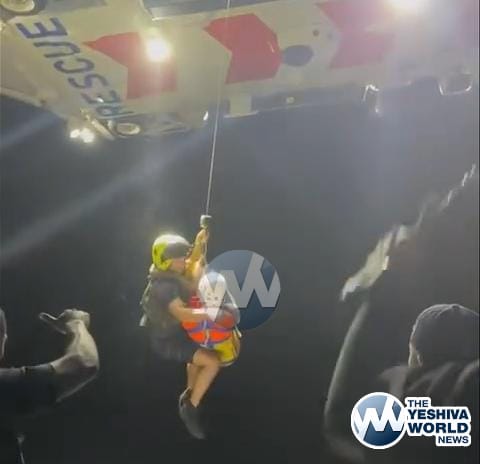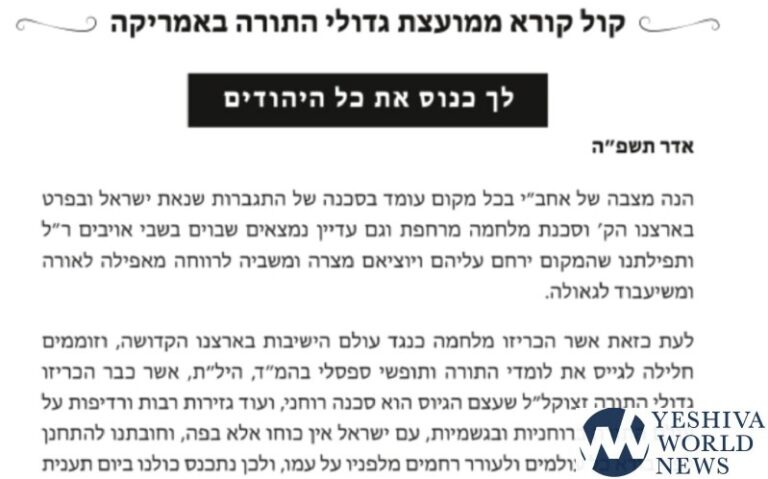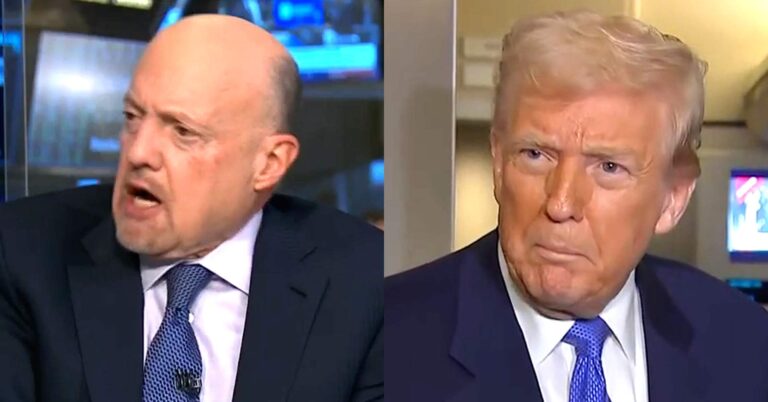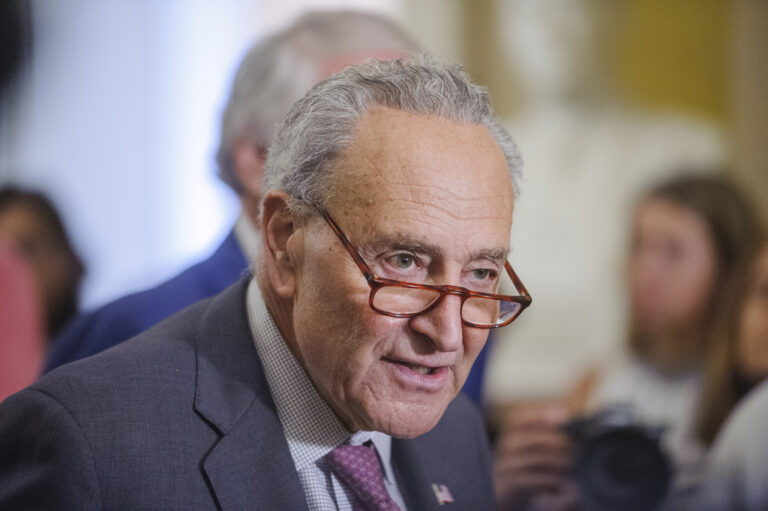A plan to pay for an estimated $13 billion rail tunnel under the Hudson River raises serious concerns, including that it relies on a “non-existent” agreement that would have the federal government foot half the bill, an official at the nation’s federal transportation agency wrote Friday.
In a letter to New York and New Jersey officials, K. Jane Williams, the deputy administrator of the Federal Transit Administration, wrote that a recent funding proposal by the states for the first phase of the project, estimated at $11 billion, seeks a 50 percent federal investment that is “considerably higher than much existing precedent for past ‘mega projects'” and would deplete the existing grant program.
The letter also criticized the states’ reliance on a 50-50 funding agreement with the federal government dating back to the Obama administration.
“We consider it unhelpful to reference a non-existent ‘agreement’ rather than directly address the responsibility for funding a local project where 9 out of 10 passengers are local transit riders,” Williams wrote.
Republican President Donald Trump is expected to announce his infrastructure plan next month, and it’s not clear where the project, dubbed Gateway, fits in.
The Gateway Development Corporation, the group composed of representatives of both states and Amtrak that oversees the project, said through a spokesman Friday, “there is no more urgent infrastructure project than Gateway, and posturing aside we are confident that the Trump Administration will engage with us as the President turns to infrastructure in 2018.”
In future phases, the project also envisions expanding New York’s Penn Station and adding track capacity on the New Jersey side. It is seen as essential to alleviating worsening congestion and delays in the New York region and on the Boston-to-Washington corridor. Roughly 750,000 people per day ride the corridor on Amtrak and several commuter railroads that share the tracks.
Amtrak, which owns the tunnels and most of the tracks along the corridor, has estimated the existing tunnel could fail in 10 to 15 years due to saltwater damage caused by Superstorm Sandy in 2012. Were that to happen, the number of rush-hour trains would plummet from 24 per hour to six if one of the tunnel’s two tubes had to be closed for repairs.
Under the current plan, the existing tunnel would close its two tubes for repairs once the new tunnel is built. But Williams questioned Friday why that repair work, estimated at between $1 billion and $2 billion, was left out of the states’ funding plan.
Both states plan to use federal loans for the first phase of the project, but use different means to pay them back. Outgoing Republican New Jersey Gov. Chris Christie’s plan calls for raising $1.9 billion by hiking rail fares by about 90 cents per cross-Hudson trip for New Jersey Transit train riders starting in 2020, with increases of $1.70 and $2.20 planned for 2028 and 2038, respectively.
Christie spokesman Brian Murray said late Friday, “We are confident that, as the White House advances an infrastructure proposal this year, federal funding for the most important transportation project in the United States will be addressed.”
New York plans to allocate money annually over 35 years to service a $1.75 billion loan, state budget director Robert Mujica Jr. wrote in a letter to the Department of Transportation this month.
The Port Authority of New York and New Jersey has committed $1.9 billion to the project.
(AP)












2 Responses
Why should people who don’t use the tunnel pay for it? The cost should be borne by the riders (AMTRAK passengers and New Jersey Transit passengers). Most Americans never take either (and while this is unknown to most New Yorkers, North America extends for thousands of miles west of the Hudson River).
Reply to akuperma: Public transportation has long been subsidized by federal and local governments, at least going back to the funding and founding of the Eisenhower Interstate Highway System. And in the 19th century, the federal government stood blindly by as the robber baron railroad operators to stole their rights of way, from the federal government or from lawful settlers of the West. Governments pay for lots of things that not everybody uses, and some of it is very good and very important. Who paves the street you live on?